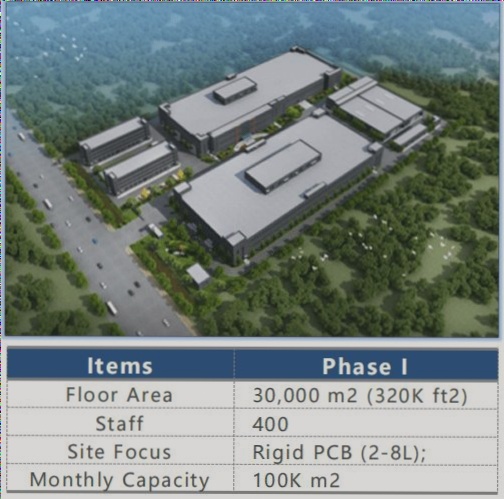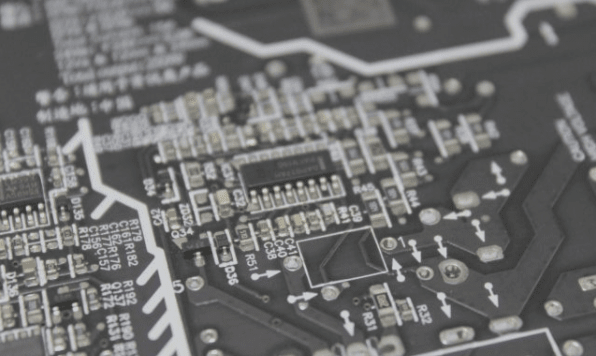Key Considerations for Producing High-Quality PCBs
- Clarifying Design Goals: When tasked with designing a PCB, it is essential to understand the specific requirements based on the type of PCB needed. Different PCBs, such as high-frequency or small-signal processing boards, have unique considerations. Attention to detail is crucial, especially for signal lines exceeding 40MHz.
- Understanding Component Functions: Components like analog signal amplifiers have specific layout and wiring needs. Proper isolation of signal paths and strategic placement of high-power components are vital to minimize interference and ensure optimal performance.
- Component Layout: Grouping related components, segregating power and signal devices, and planning mechanical dimensions are critical for electrical performance. Grounding and propagation delay must be carefully managed for high-speed systems.
- Wiring Considerations: Future PCB designs will incorporate high-speed signal lines exceeding 100MHz. Understanding transmission lines, managing signal integrity, and selecting appropriate termination methods are key factors in designing PCBs for diverse applications.
Effective PCB design requires meticulous planning, knowledge of transmission line characteristics, and optimization of layout and wiring to achieve desired electrical performance and signal integrity across various applications.



